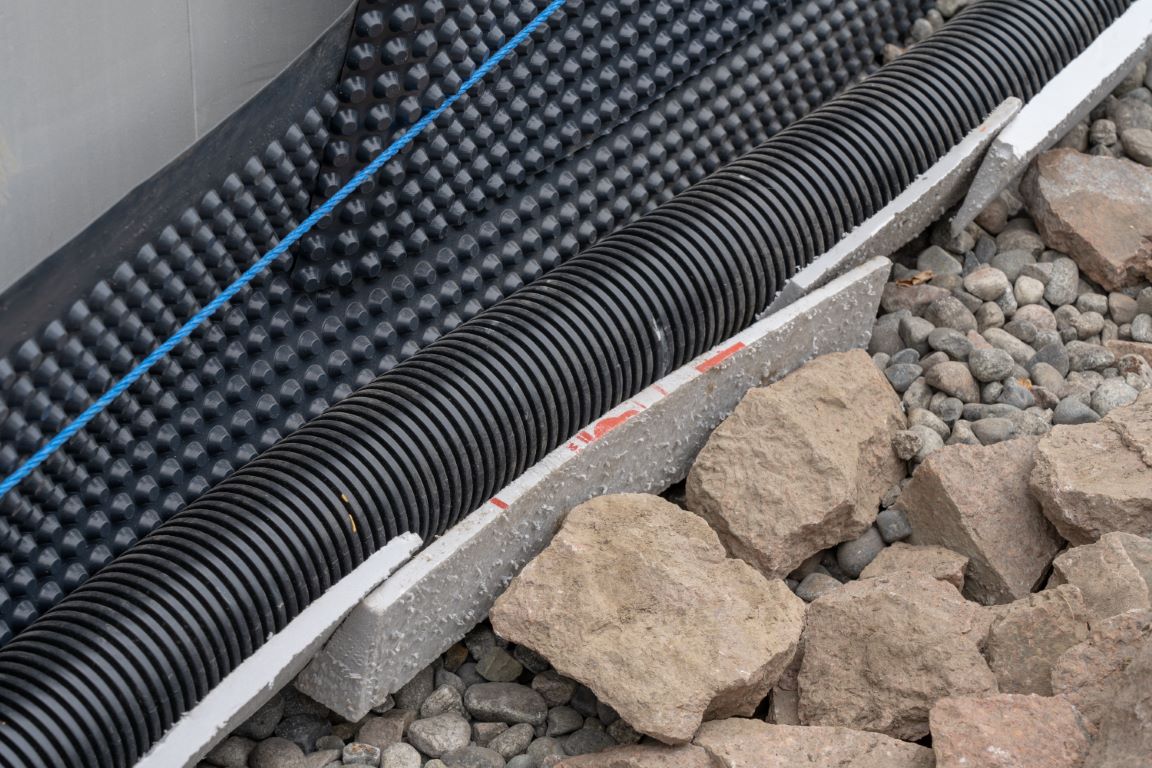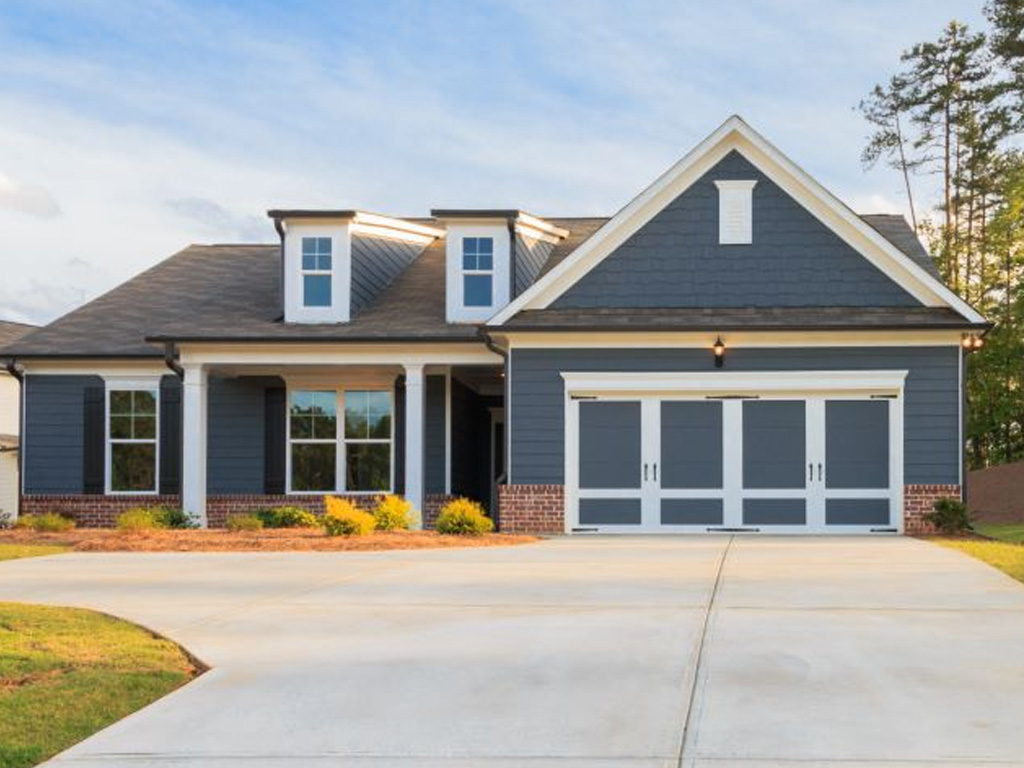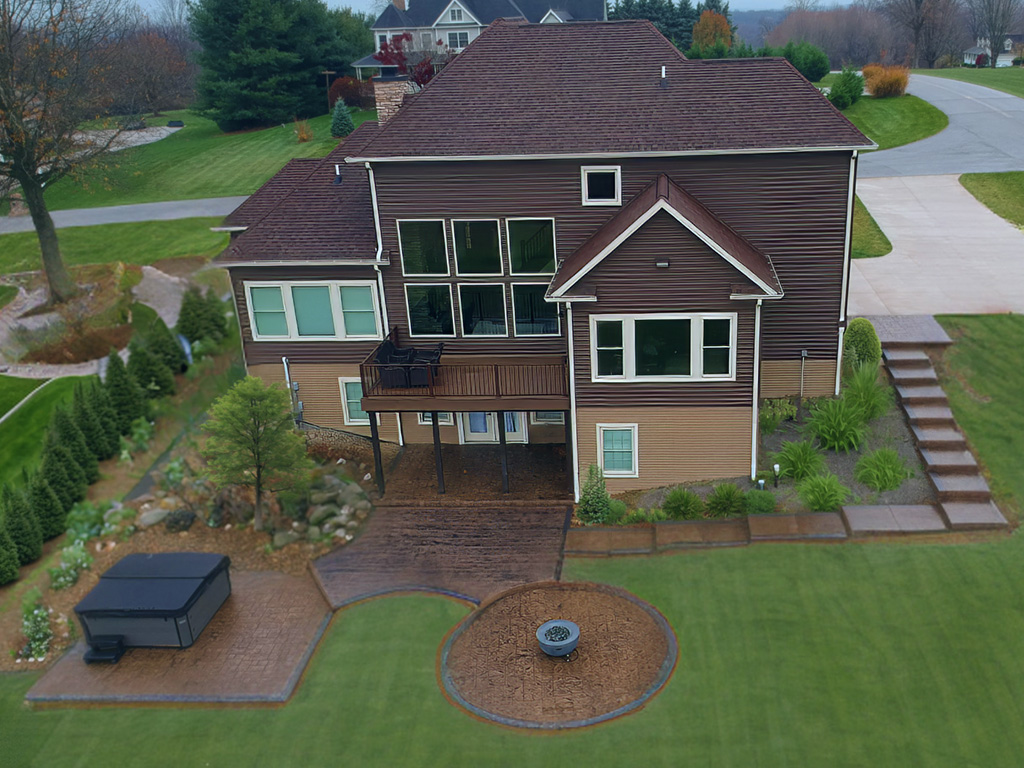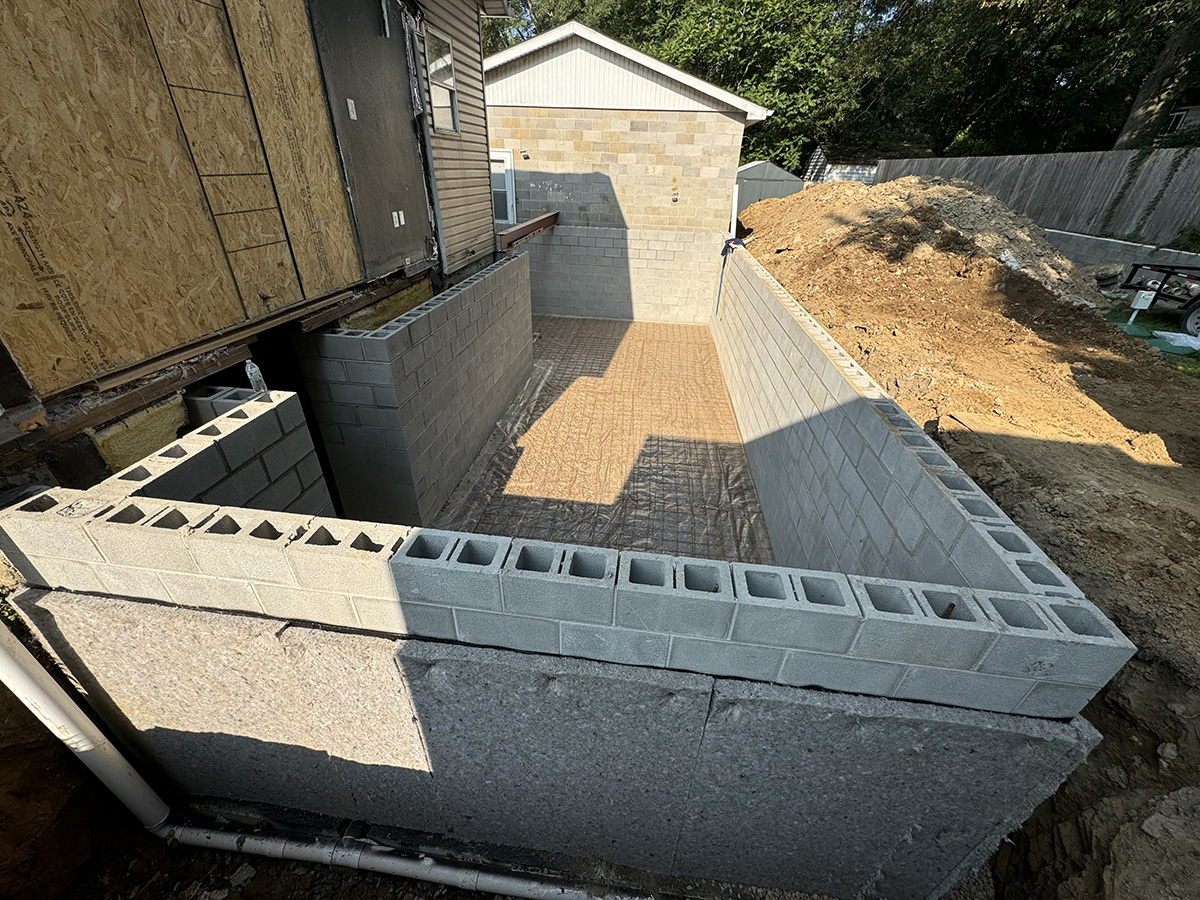When constructing a new home or updating an existing one, ensuring the integrity of the foundation is paramount. One critical aspect often overlooked is proper foundation drainage. Water is one of the most potent natural forces that can cause significant damage to a structure if not managed correctly. Poor drainage can lead to a host of problems, including soil erosion, foundation cracks, and even structural failure. This blog will explore the importance of proper foundation drainage and dive into key elements such as preparation, design, reinforcement, and the use of high-quality concrete.
Preparation: The First Step in Foundation Success
Before any construction begins, thorough site preparation is essential to ensuring the longevity of your foundation. This involves assessing the soil type, the water table level, and the slope of the land. Understanding these factors helps in designing an effective drainage system.
- Site Analysis: A detailed analysis of the site will reveal whether the soil is prone to retaining water, which could increase hydrostatic pressure on the foundation. Clay soils, for instance, hold water and can cause swelling, while sandy soils drain well but may be prone to erosion.
- Grading the Land: Proper grading ensures that water flows away from the foundation. The land should slope at least 6 inches within the first 10 feet away from the foundation. This simple measure can prevent water from pooling near the foundation walls.
- Temporary Drainage: During construction, temporary drainage solutions like ditches or temporary sump pumps might be necessary to keep the site dry and prevent water from seeping into the foundation area.
Design: Creating an Effective Drainage System
The design of a foundation drainage system is critical to its effectiveness. A well-thought-out design will direct water away from the foundation, reducing the risk of damage.
- Drainage Tiles: Installing a drainage tile system (also known as a french drain) or perforated pipes around the perimeter of the foundation is a common and effective method. These pipes collect water and direct it away from the foundation to a sump pit or a storm sewer.
- Gravel Layers: A layer of gravel or crushed stone beneath and around the drainage tiles facilitates the movement of water. The gravel also serves as a filter, preventing soil from clogging the drainage pipes.
- Waterproofing: Waterproofing the foundation walls with coverings or coatings adds an extra layer of protection. These barriers prevent water from penetrating the concrete and causing internal damage or cracks.
- Sump Pump: In areas with high water tables or frequent rainfall, a sump pump is essential. It actively pumps water collected in a sump pit away from the foundation, ensuring that water levels remain low.
Reinforcement: Strengthening the Foundation
Even with a solid drainage system in place, reinforcing the foundation is crucial to withstand any potential water-related stresses.
- Rebar Installation: Reinforcing bars (rebar) are essential in providing additional strength to the concrete foundation. Rebar helps the concrete withstand traction forces that could cause cracking due to water pressure or soil movement.
- Footing Reinforcement: The footings, which are the base of the foundation, should be heavily reinforced, especially in areas prone to water accumulation. This reinforcement helps distribute the load of the structure and reduces the risk of settling or shifting.
High-Quality Concrete: The Bedrock of a Strong Foundation
The quality of concrete used in the foundation is a determining factor in the long-term durability of the structure. High-quality concrete is essential in resisting water infiltration and maintaining the integrity of the foundation over time.
- Concrete Mix: The mix design of the concrete should be appropriate for the environmental conditions. For areas prone to water exposure, a mix with a low water-cement ratio and additives like fly ash or silica fume can enhance durability and water resistance.
- Curing Process: Proper curing of concrete is vital to achieving maximum strength. The curing process ensures that the concrete retains moisture, which is crucial for the chemical reactions that contribute to its strength.
- Sealants and Additives: Using sealants or water-repellent additives in the concrete mix can further protect the foundation from water damage. These products reduce the permeability of concrete, making it more resistant to water infiltration.
Concrete Foundations to Last a Lifetime
Proper foundation drainage isn’t just an extra step; it’s essential for keeping a building safe and lasting a long time. By carefully preparing, designing, reinforcing, and using high-quality concrete, builders can make sure the foundation stays strong and can handle whatever mother nature throws at it. Ignoring these steps can lead to expensive repairs or even serious damage. That’s why it’s imperative to take foundation drainage seriously. A strong foundation is the key to a successful construction project. At Stoltzfus and Sons, we understand the importance of a solid foundation. As concrete construction experts, we focus on delivering high-quality foundations tailored to your project’s requirements. Whether you’re constructing a home, shop, or garage, our team is dedicated to providing strong, dependable foundations designed to stand the test of time. Contact us today for all your concrete foundation needs!





